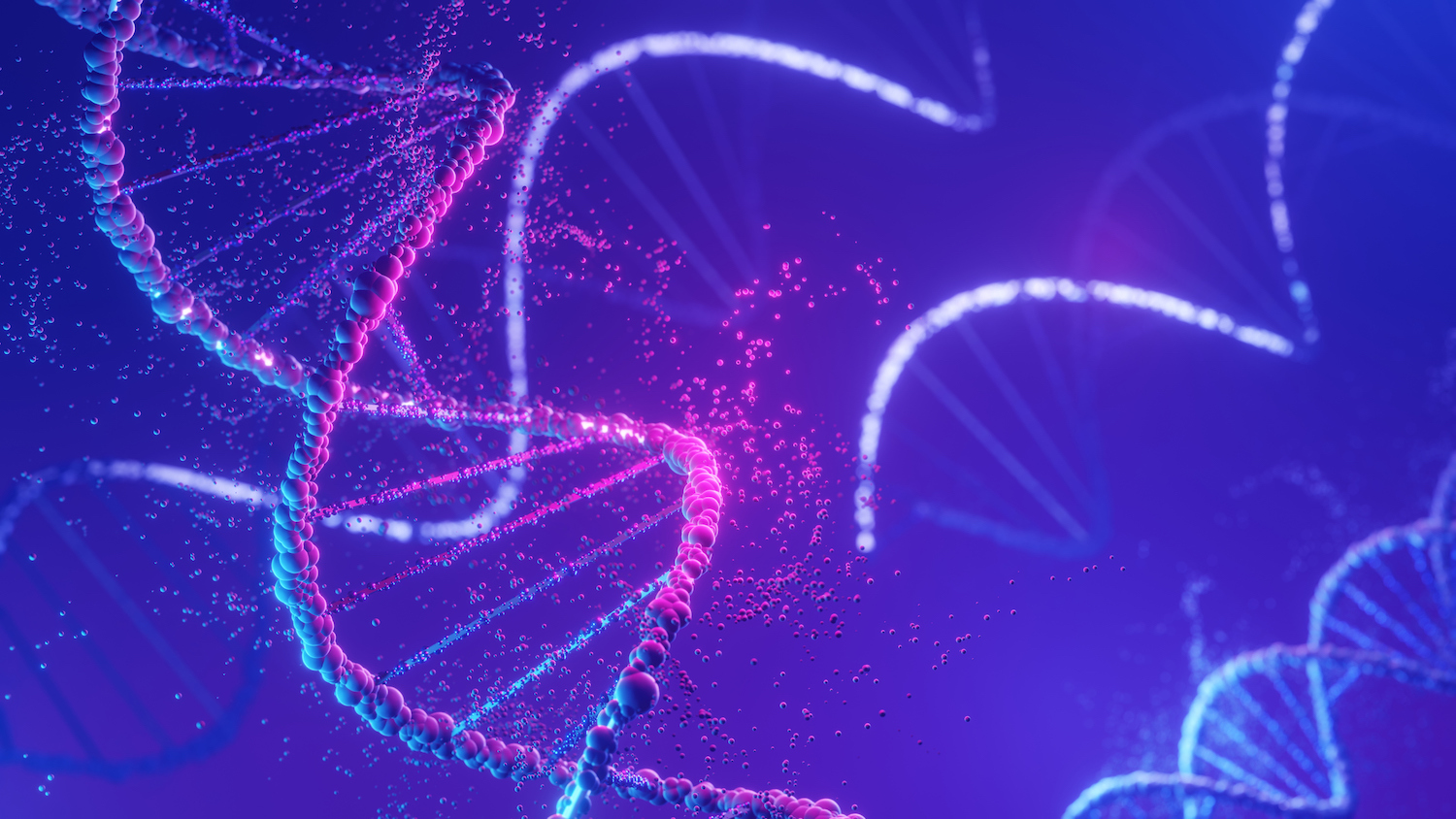What if you could flip a genetic switch to silence a gene, then turn it back on with a simple drug? For researchers, gene-switch tools offer that kind of control—and a new system called Cyclone may offer a nontoxic approach. In a study published in Nature Methods titled, “A portable poison exon for small-molecule control of mammalian gene expression,” researchers at Weill Cornell Medicine unveiled a new gene-switch tool that offers reversible control of gene expression using a widely available antiviral drug, acyclovir. The tool, called Cyclone (acyclovir-controlled poison exon), is designed to overcome key limitations of existing gene regulation systems, particularly those involving “toxicity of the drugs and the need to alter gene sequences or endogenous regulatory elements,” the authors wrote.
Gene-switch technologies are essential for studying gene function, modeling disease, and developing therapies. However, many current systems rely on drugs like tetracycline, which can have toxic effects on cells, or some that interfere with RNA transcripts. Cyclone addresses this issue by leveraging a natural genetic feature known as a “poison exon”—a DNA segment that can block protein production when included in a transcript. These highly conserved alternative exons are naturally occurring and contain a premature termination codon.
“We think the Cyclone concept has great potential for diverse applications requiring the safe and precise control of gene activity,” said senior author Samie Jaffrey, MD, PhD, Greenberg-Starr Professor in the department of pharmacology at Weill Cornell Medicine.
To build Cyclone, the team engineered a portable “intron–poison exon–intron” element that “can be inserted into nearly any gene,” reported the authors. In the absence of acyclovir, the poison exon suppresses gene activity. When acyclovir is introduced, the exon is spliced out, restoring normal gene expression. This mechanism allows researchers to toggle gene activity on and off without altering the gene’s native sequence or producing aberrant transcripts.
The system works with both transgenes and endogenous genes, and its programmability opens the door to controlling multiple genes simultaneously using different ligands.
Importantly, acyclovir is considered safe even at high doses, making Cyclone a promising candidate for therapeutic applications. The researchers also introduced Pac-Cyclone, a simplified cassette for generating cell lines with acyclovir-responsive endogenous gene expression.
Looking ahead, Cyclone-type systems could serve as safety switches in gene therapies, allowing clinicians to modulate therapeutic gene activity in real time. Cornell University has filed a patent application for the technology, listing Jaffrey and Qian Hou, PhD, as inventors.

